Major scientific milestones of 2022
- December 22, 2022
- 0
There are only a few days left to say goodbye to the year, it’s time to remember what happened in 2022 and, of course, science also deserves a
There are only a few days left to say goodbye to the year, it’s time to remember what happened in 2022 and, of course, science also deserves a

There are only a few days left to say goodbye to the year, it’s time to remember what happened in 2022 and, of course, science also deserves a review in this regard. And there are not a few notable events that have occurred over the past twelve months that have had as their common denominator the scientific community, in many cases supported by engineering in its many branches. And while in other ways 2022 was a year to forget, in this one it’s true that we have reasons to feel satisfied
A very interesting aspect is that after decades when space exploration seemed to be relegated to the back of the closet, the situation has changed substantially to the point that only during 2022 we can point to three particularly important milestones, something that those of us, who dreamed of being astronauts and something of that remained with us even in adulthood, is a great joy for us.
But hey, I won’t go any further, instead I invite you to read some of the great milestones in science that have been achieved in the last twelve months, and of course, if you miss any of them, I invite you to tell us in the comments.
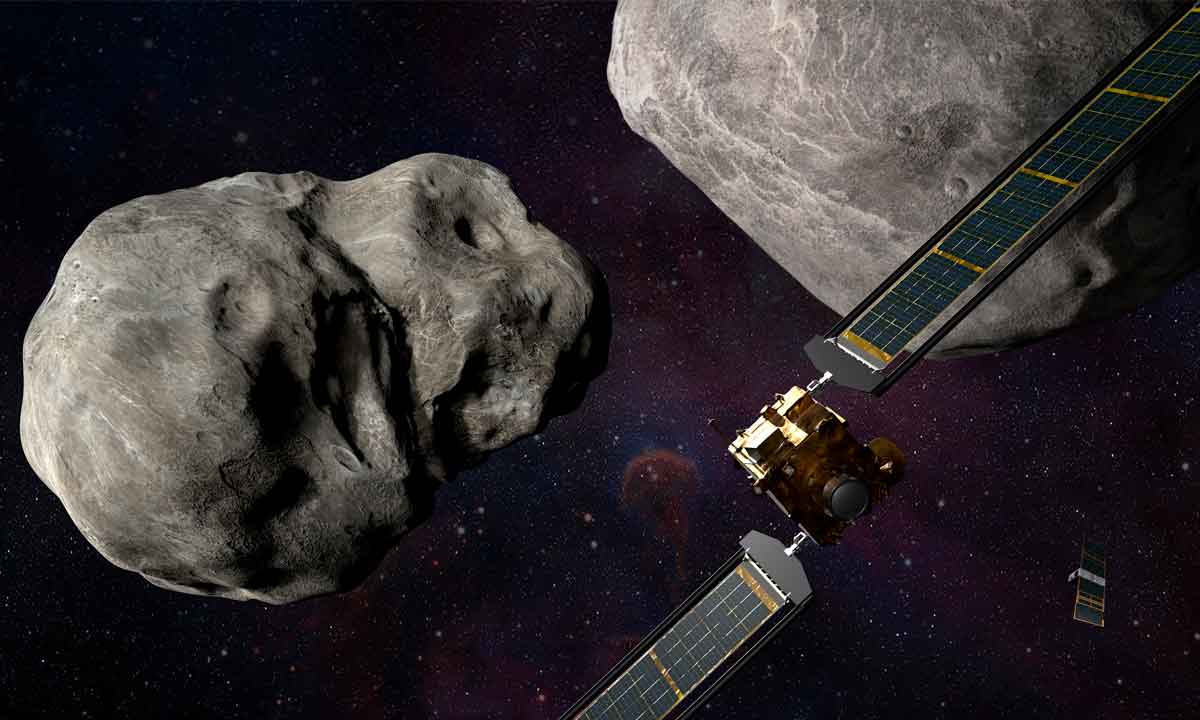
The science fiction genre has spent half its life dealing with the possibility that a meteorite could end life on our planet, but the truth is that we don’t have to go into fiction to see that this threat is more than that. From the Tunguska fireball to the monstrous meteorite over ten kilometers in diameter that hit the Yucatan Peninsula 66 million years ago and marked the end of the dinosaurs, the history of our planet is littered with such events.
After many years of designing possible systems to protect against this type of threat, a project born from the cooperation of various space agencies has finally taken a big step forward. I am referring, of course, to the DART project, which aims to test whether it is possible to modify the trajectory of a meteorite that is on a collision course with our planet, but is still at a great distance. And it is the case that the further, the greater the effect will be the minimal correction in the course.
After a journey of about ten months, the Dimorphos impactor reached a binary star system meteoroid (consisting of two bodies) to verify the impact of said impact on both. And two weeks later NASA confirmed that the success was absolute NASA confirmed that the success was absolute that the glitch was even bigger than expected based on initial data. We will still have to wait a while for the European Space Agency’s HERA to conduct a detailed analysis of the effects of the DART collision, but even in the absence of such information, this is the first time in history. We can already confirm that we have a meteorite defense system without having to be Bruce Willis the guy. And yes, we agree that Willis is cool, but I trust science more on these things.
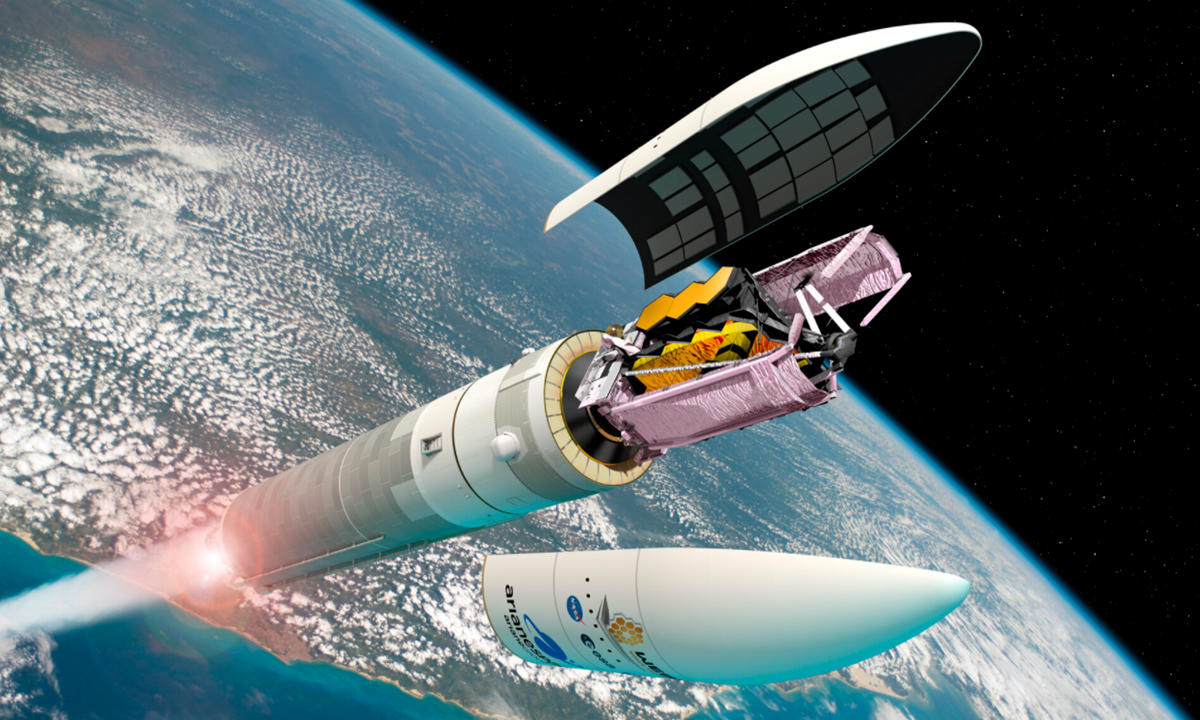
Decades have passed since the birth of a landmark project for a space telescope to replace the flame-retardant Hubble, which honors that old rockers never die. Last July, the more than long wait ended and the telescope showed us with five hypnotic images that both time and investment were worth it. And that was just the beginning, shortly after we received images of the nebula and Jupiter, and recently brought us closer to the Pillars of Creation, far beyond the already impressive image of them that we could see thanks to Hubble or the birth of a star.
Now that two space telescopes are operational, the scientific community has some unique tools that allow us to go back in time and observe events that took place more millions of years ago than we can interpret, thanks to a combination of vast distances. of our Universe and different speeds of wave propagation depending on their frequency in the spectrum. James Webb has, as you already know, the tools to pick up those “slower” signals that are not visible to the human eye, which, when picked up and analyzed, offer us first-hand information about very, very distant times and distances.
All indications are that the Hubble will not take too long to retire, having been out of service twice recently, and especially last year, due to various malfunctions. It would have been incomprehensible if we had arrived at that moment without having a replacement capable of maintaining the pavilion at the height at which it had left it. Fortunately, that has been rectified this year.
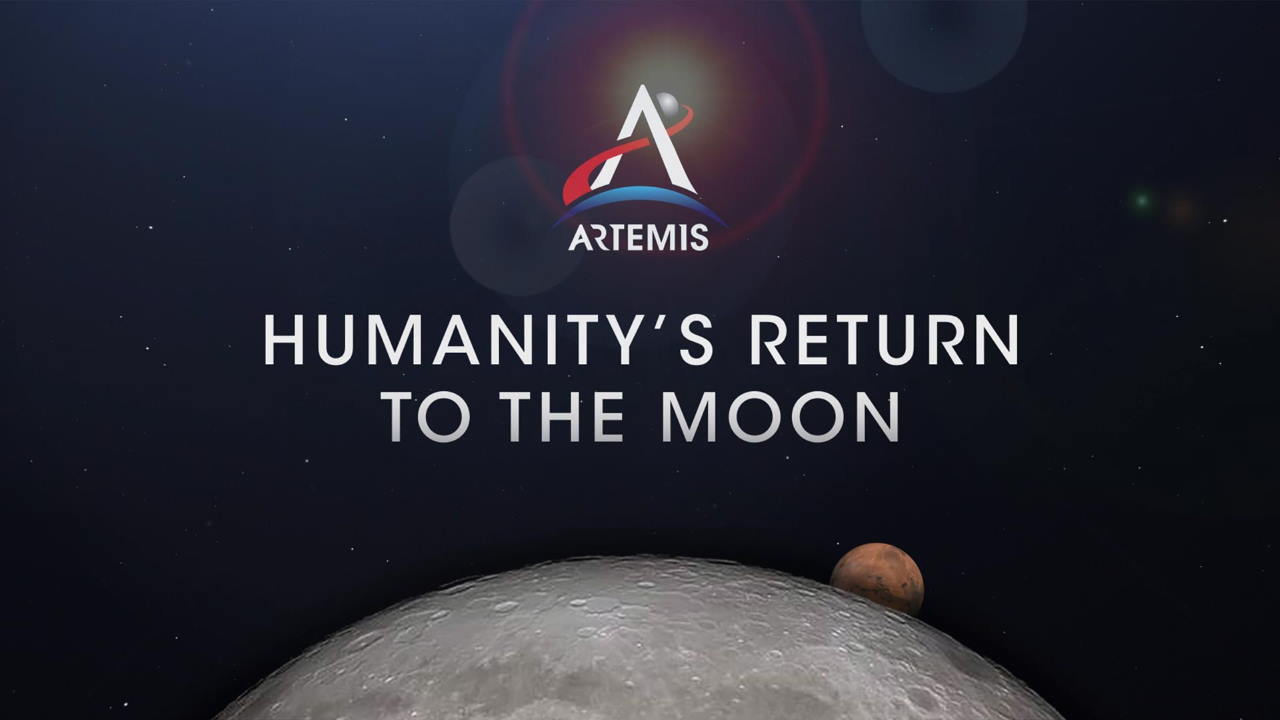
Eugene Cernan, commander of the Apollo 17 mission, said goodbye to the lunar surface on December 14, 1972, ten days ago it was 50 years since that moment. Although the Apollo program initially considered more missions, the US federal government decided to cut funding to become the last human being to walk on the moon. Since then, several important milestones have occurred, such as the launch of planetary exploration probes and the construction of infrastructure such as the International Space Station.
However, the farthest humans have gotten since then is in Earth orbit. Dreams of interplanetary exploration were dashed, and at times it seemed that the only interest in space came from its commercial use, with swarms of satellites providing the most diverse services. And yes, it is true that the probes have been a great contribution to science, but the list swelled with names like Leif Erikson, Christopher Columbus, Juan Sebastián Elcano, Roald Amundsen and Neil Armstrong, among others, has long been crying out for new explorers that the human being is capable of going further .
To meet this need, the Artemis program was born during the Trump administration (yes, I am quite critical of the former president, but I also have no problem acknowledging the things he did well). His goal? Bringing humans back to the surface of the Moon this decade and, technology permitting, stepping onto Mars for the first time sometime in the next decade. It is of course difficult, but not impossible, and as the father of the American space program, JF Kennedy, said in a legendary speech on September 12, 1962, «We choose to go to the moon in this decade and do other things, not because they are easy, but because they are hard«. Seven years later, on July 20, 1969, Neil Armstrong and Edwin Eugene “Buzz” Aldrin Jr. they entered the lunar surface.
As with James Webb, the program’s first mission suffered multiple delays, most recently caused by SLS, NASA’s launch vehicle. Fortunately, the problems were resolved and the Artemis I mission was launched on November 16th and returned to our planet on December 11th (you can view the mission summary here). So for more than half a century since the last time, a human being looks at the moon with the firm intention of re-entering it.
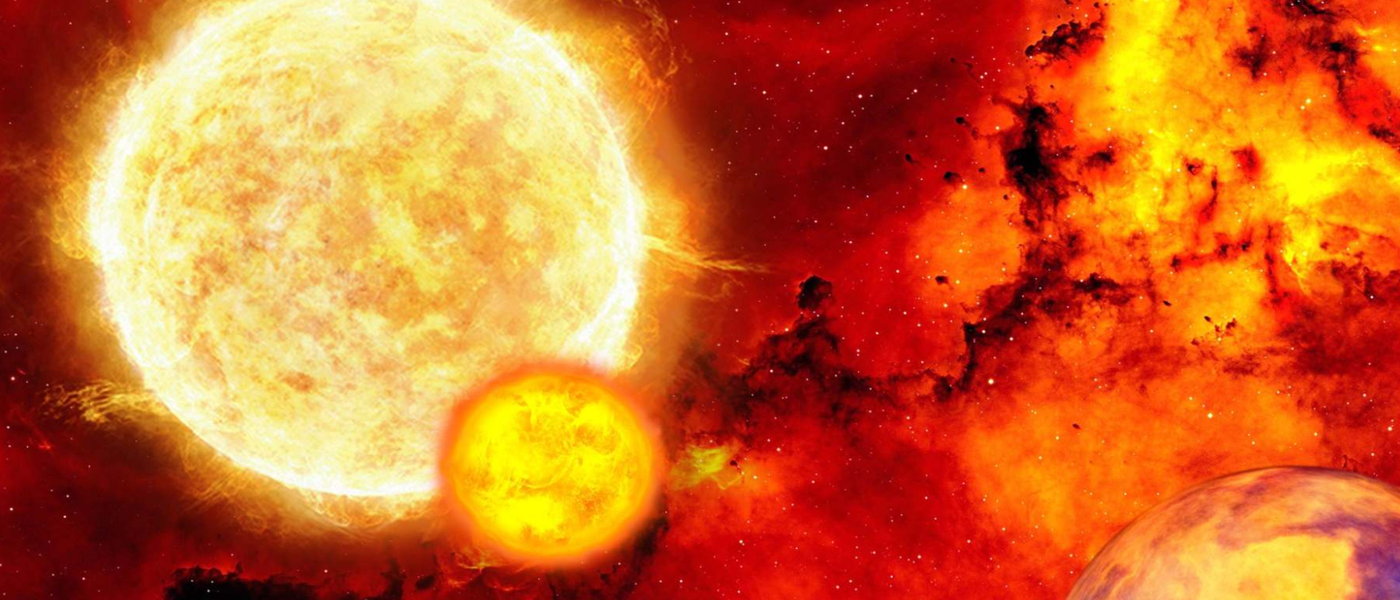
In a single year, two advances have been made in relation to one of science’s most ambitious goals in relation to energy harvesting. First, in August, something was confirmed that had already been noted a year earlier: what is called ignition was achieved, which is nothing more than the ability of the reaction itself to be self-sustaining. And we must remember that one of the main goals of the researchers is to release more energy in the process than is necessary to create and sustain the reaction.
Very recently, just ten days ago, another milestone was reached, exactly related to what I just indicated, when American scientists claimed to have achieved a net energy gain, that is, the energy used to produce fusion is less than the energy released in said process.
Subsequently, some researchers stated that this gain is not so much if all the elements used in the process and of course their energy consumption are taken into account. Even so, it represents important progress that brings us a little closer to a cleaner future.

We started the year with exceptional news: the US successfully completed the first pig-to-human heart transplant. The milestone was reached by a team of surgeons from the University of Maryland School of Medicine, and after several days of observation, it was possible to confirm that the patient’s immune system did not reject the new organ. The heart has undergone various genetic modifications to try to adapt to the needs of the human being.
The transplant recipient, David Bennett, 57, suffered from end-stage heart disease and was not a candidate for a human heart transplant, so, as he put it:It was die or get this transplant. I want to live. I know it’s a no-brainer, but it’s my last option«.
Sadly, Bennett died two months after the operation, although it is true that there were never any signs of rejection. Scientists have been trying to figure out the cause of death ever since, although the leading theory is that the human heart experiences more stress than a pig’s heart, mainly because we are bipedal, unlike pigs, who are quadrupedal. However, this milestone marks the beginning, for both science and humanity, of what could be a definitive solution to the main problem of transplants, the shortage of organs.
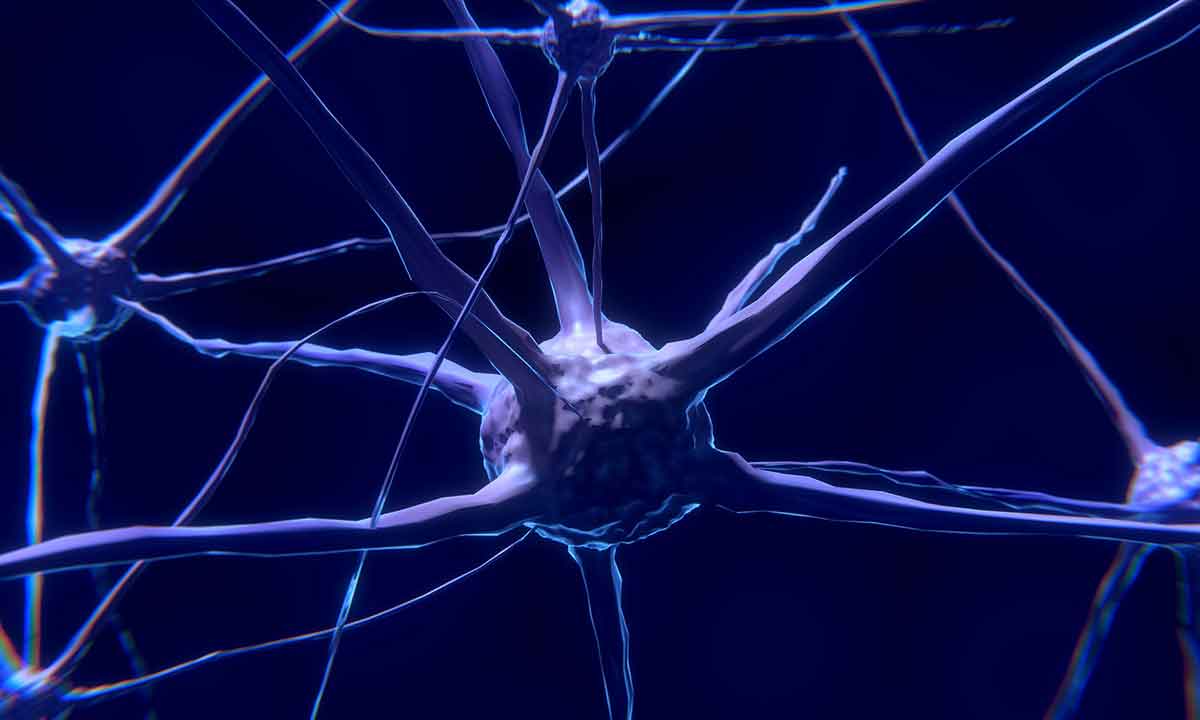
Few things are more subjective than choosing which diseases are the worst. What’s more, I thought to ask ChatGPT and as always, his reply starts with “It is difficult to determine«, it is not «wet» after all. I think we can all agree that there are some names that give us goosebumps just being mentioned, and multiple sclerosis is definitely one of them. And although multiple sclerosis (MS) is clearly not the same as amyotrophic lateral sclerosis, in all cases we are talking about diseases that can be highly disabling. And that’s why any progress in their fight is exceptional news.
Last March, we learned, as reported by the SINC agency, that science had finally succeeded in confirming the previously suspected link between multiple sclerosis and the Epstein Barr virus, which is “unknown” to the general public but is responsible for, among other things, mononucleosis. And yes, I say this because, among other things, it has become the usual suspect for some time now, as it could be behind other diseases.
The study (or we can say a macro study, since it lasted more than two decades and was carried out in cooperation with the US military, could count on no less than ten million soldiers and a total of 62 million samples) confirms that the presence of the virus is necessary (although not the only cause ) for the development of lateral sclerosis.
Of course, this does not mean the end of multiple sclerosis, but it brings into focus a crucial factor, and therefore an enemy that must be defeated. Now, the possibilities of a vaccine and/or retrovirals are a little closer, and a step of this type, while it may seem small given the road still to travel, is actually a big step.
Bottom line, 2022 was a great year for science, so now we can only toast past successes and hope that 2023, at least in terms of science, is equal to or better than the year we’ll be saying goodbye to in a few years . days..
Source: Muy Computer
Alice Smith is a seasoned journalist and writer for Div Bracket. She has a keen sense of what’s important and is always on top of the latest trends. Alice provides in-depth coverage of the most talked-about news stories, delivering insightful and thought-provoking articles that keep her readers informed and engaged.